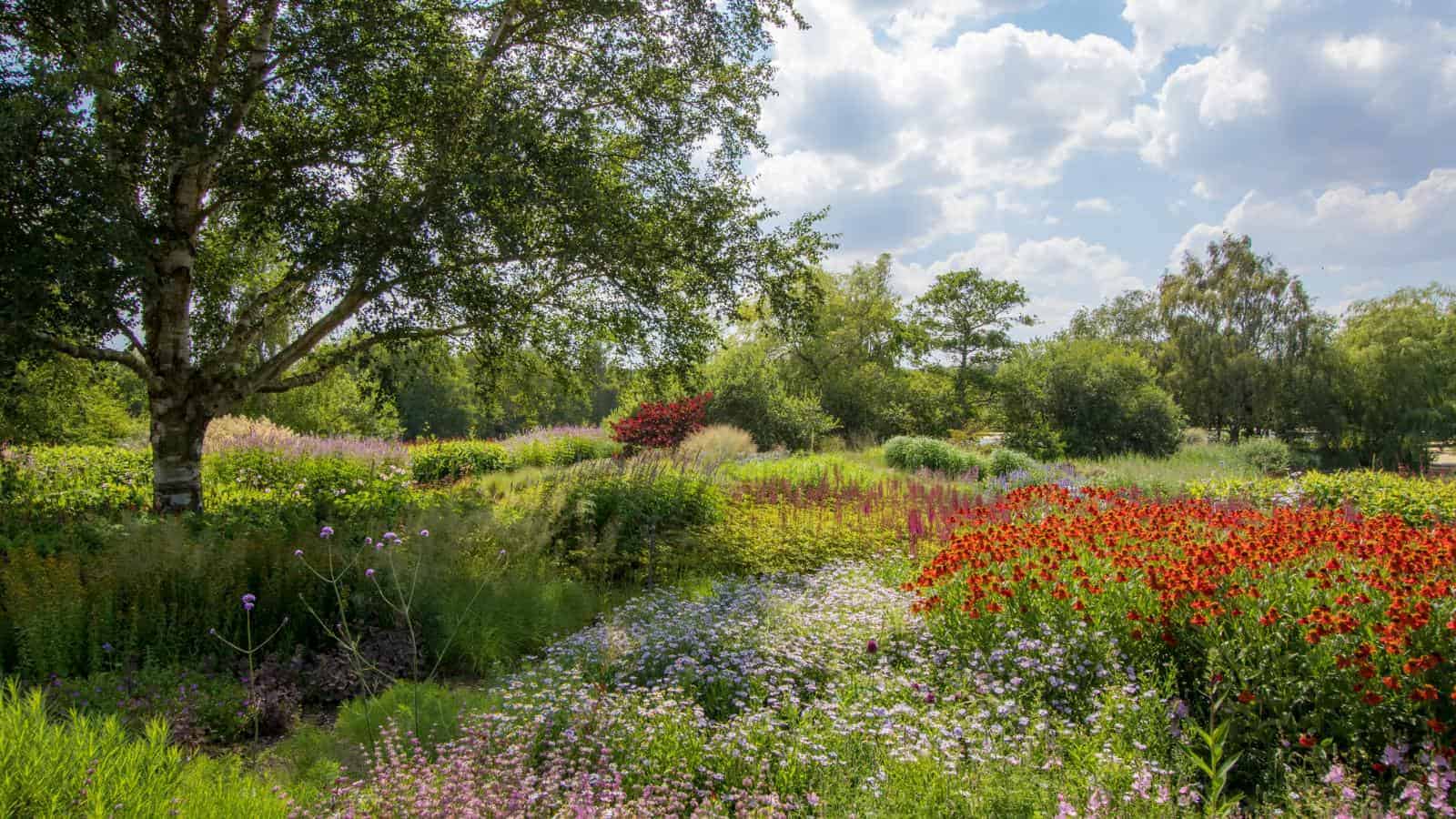Creating a wildlife-friendly garden is a wonderful way to support local biodiversity and enjoy the benefits of nature in your own backyard. By providing food, water, shelter, and nesting sites, you can attract a variety of birds, insects, and other wildlife. Here’s how to create a wildlife-friendly garden.

Provide Diverse Plantings
Diverse plantings offer a range of food sources and habitats for wildlife. Choose a mix of native plants, including trees, shrubs, perennials, and ground covers. Native plants are well-adapted to your local climate and provide the best resources for native wildlife.
Planting Tips:
- Flowers: Plant a variety of flowers to provide nectar for pollinators like bees and butterflies.
- Fruit-Bearing Plants: Include plants that produce berries or nuts, such as holly, elderberry, or oak, to provide food for birds and mammals.
- Grasses: Add native grasses to provide shelter and nesting materials for small animals and insects.
Create Water Sources
Water is essential for wildlife. Providing a water source can attract birds, amphibians, and insects to your garden. A birdbath, pond, or shallow dish filled with water can serve this purpose.
Water Source Tips:
- Birdbaths: Place birdbaths in a safe, elevated spot and clean them regularly to prevent algae and mosquito breeding.
- Ponds: Consider adding a small pond or water feature to provide a habitat for frogs, toads, and dragonflies.
- Shallow Dishes: Place shallow dishes of water on the ground for small mammals and insects.
Provide Shelter and Nesting Sites
Wildlife needs shelter from predators and harsh weather, as well as places to raise their young. Creating a variety of shelters and nesting sites can help attract more wildlife to your garden.
Shelter Tips:
- Birdhouses: Install birdhouses for nesting birds. Different species prefer different types of houses, so research what is best for your area.
- Brush Piles: Create brush piles with sticks and leaves to provide shelter for small mammals, reptiles, and insects.
- Hedges: Plant dense shrubs or hedges to offer cover and nesting sites for birds and other animals.
Avoid Pesticides and Chemicals
Using pesticides and chemicals can harm wildlife and disrupt the natural balance of your garden. Instead, adopt organic gardening practices and use natural pest control methods.
Pest Control Tips:
- Companion Planting: Use companion planting to repel pests naturally.
- Hand-Picking: Remove pests by hand rather than using chemical sprays.
- Beneficial Insects: Encourage beneficial insects like ladybugs and predatory beetles to keep pest populations in check.
Encourage Pollinators
Pollinators are crucial for the health of your garden and the environment. Planting pollinator-friendly plants and providing habitats can help support these important creatures.
Pollinator Tips:
- Flowers: Plant a variety of flowers that bloom at different times of the year to provide a continuous food source.
- Bees: Create habitats for bees by leaving some bare soil for ground-nesting species and providing bee hotels for solitary bees.
- Butterflies: Include plants that caterpillars feed on, such as milkweed for monarch butterflies.
By implementing these strategies, you can create a wildlife-friendly garden that supports local biodiversity and provides a sanctuary for various species. Not only will you be helping the environment, but you will also enjoy the beauty and activity that wildlife brings to your garden.
